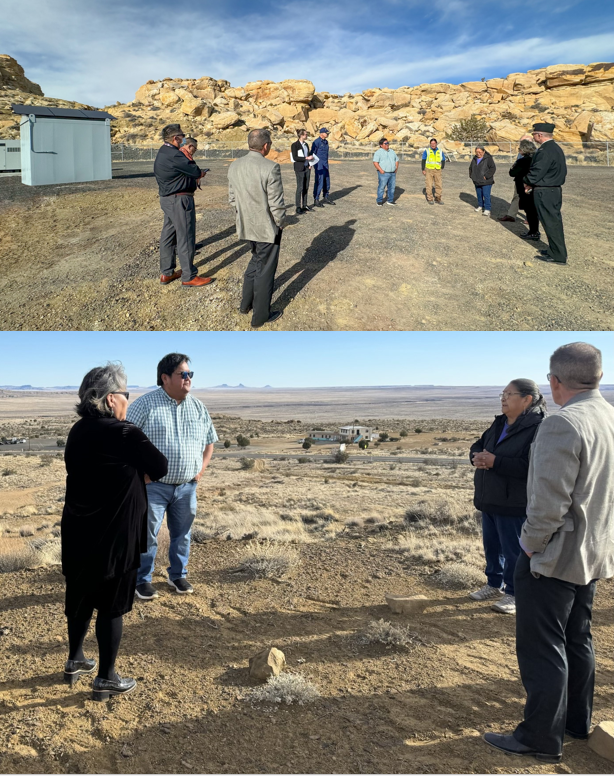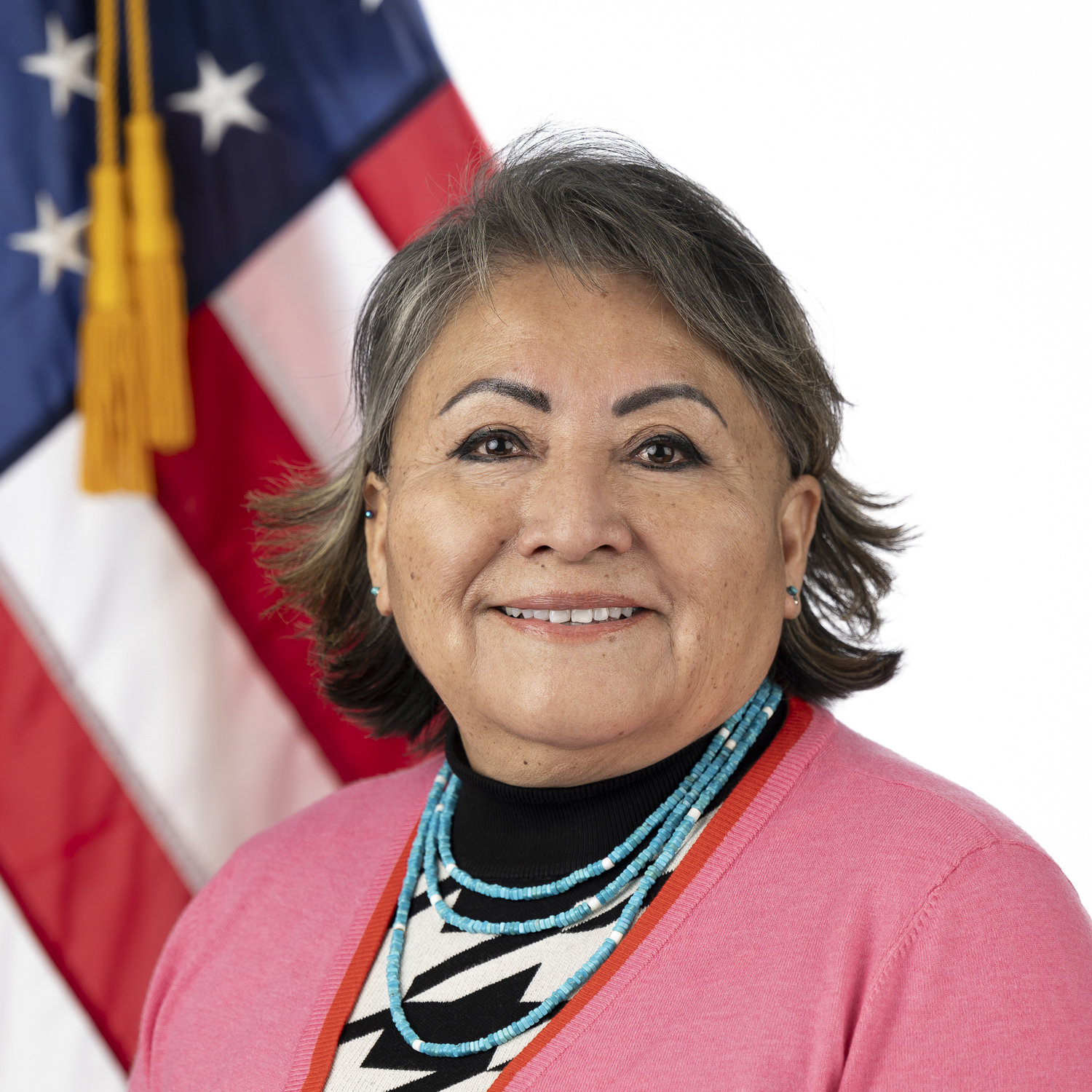On February 16, 2024, I had the profound privilege of visiting the Hopi reservation, nestled in the northeastern part of Arizona. This visit wasn't just a journey through the scenic landscapes of the area, but an insightful expedition into the heart of a community that embodies resilience, unity, and a deep-rooted commitment to sustainability.
My journey led me to Oraibi (Orayvi) Village, where I was greeted by the warmth and wisdom of its residents. I embarked on a tour of this respected community, guided by village board members Anthony Laban Jr. and Beatrice Norton. Oraibi Village, perched on the Third Mesa, is revered as the "Mother Village" of the Third Mesa and holds the title of the oldest continuously occupied settlement in the United States, dating back to around 1100 A.D.

The narrative of Oraibi Village is a testament to the enduring spirit of its people. Our hosts shared stories of their community's initiative to secure healthy drinking water for all residents—a vision fueled by the teachings and beliefs passed down from their elders. This initiative, steered by dedicated elder group, was brought to life through fundraising events, arts and crafts sales, and the collective contributions of every village member, embodying a profound sense of community and shared purpose.
Oraibi Village has a long history of being self-sufficient and independent, values that have been meticulously preserved and practiced through generations. Mr. Laban and Mrs. Norton's reflections on their elders' teachings underscored a philosophy of hard work, community cooperation, and a shared commitment to achieving communal goals without reliance on external funding sources. This philosophy is not just a way of life, but a legacy that continues to inspire and guide the community in all its endeavors.
In recent years, the village established their village board to coordinate and work on pressing matters with the provision of healthy drinking water being a paramount priority. As the need for clean water was further highlighted during the COVID-19 pandemic, the village informed IHS of their desires to establish a project for water. The Infrastructure Investment and Jobs Act provided additional funding to the IHS Sanitation Facilities Construction program, enabling the water project to be funded in two phases across fiscal years 2022 and 2023, with a projected completion in 2026.
My engagement with the Hopi Health Care executive leadership revealed a renewed dedication to enhancing tribal relations. This commitment was evident in the IHS leadership's efforts to understand and address the health care needs and concerns of the Hopi people through direct dialogue with tribal leadership and Community Service Administrators across various villages. These interactions not only facilitated a deeper understanding of the unique health care challenges faced by each village, but also highlighted the significance of integrating Hopi traditional culture and ceremonies into the health care environment, respecting and acknowledging the cultural heritage of the Hopi people.
My visit to the Hopi reservation was a journey of discovery, learning, and profound admiration for a community that stands as a beacon of resilience, unity, and unwavering commitment to its values and vision. The story of Oraibi Village and the broader Hopi community is a powerful reminder of what can be achieved when people come together, guided by the wisdom of their ancestors, to forge a sustainable and healthy future for generations to come.



